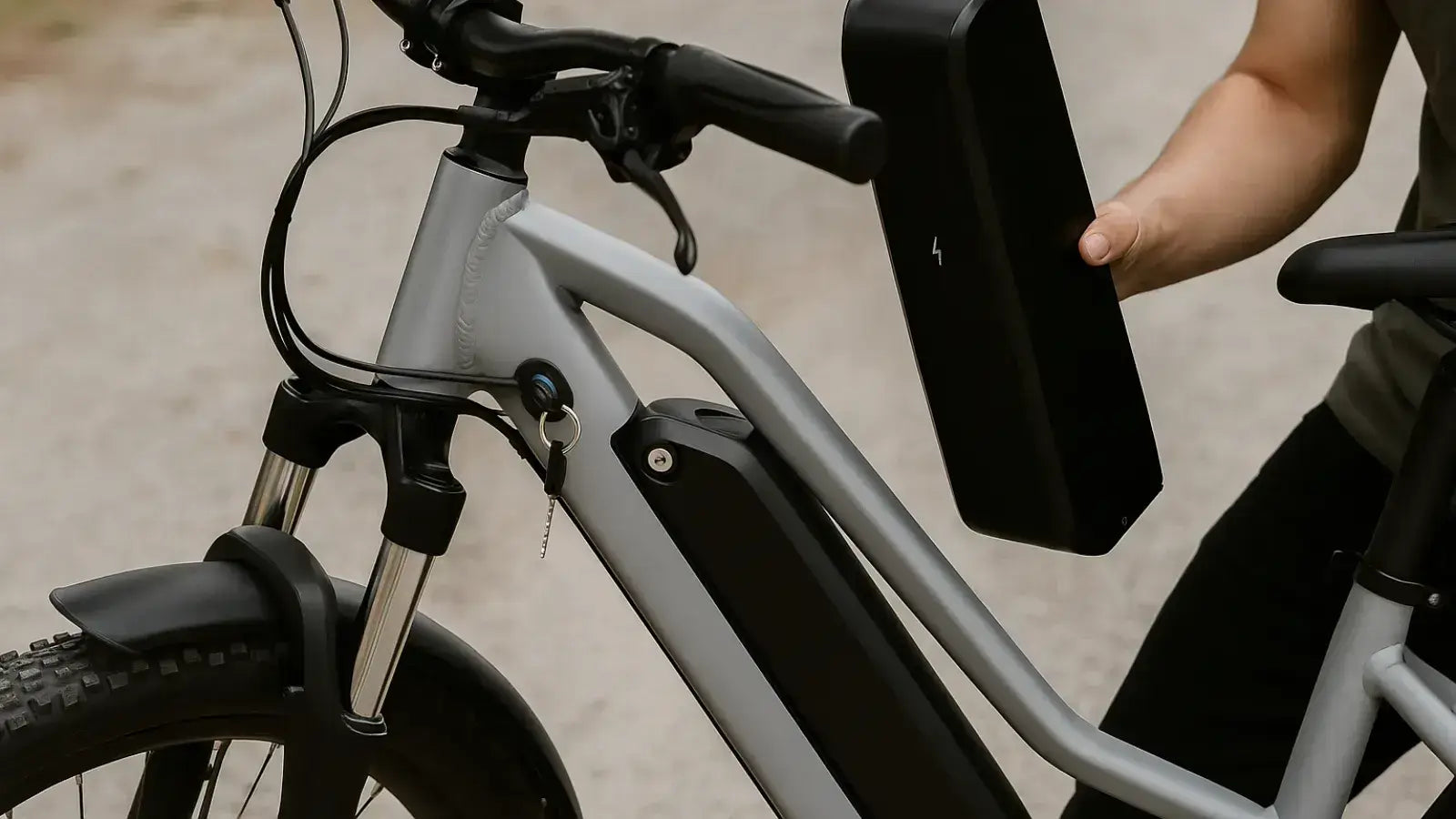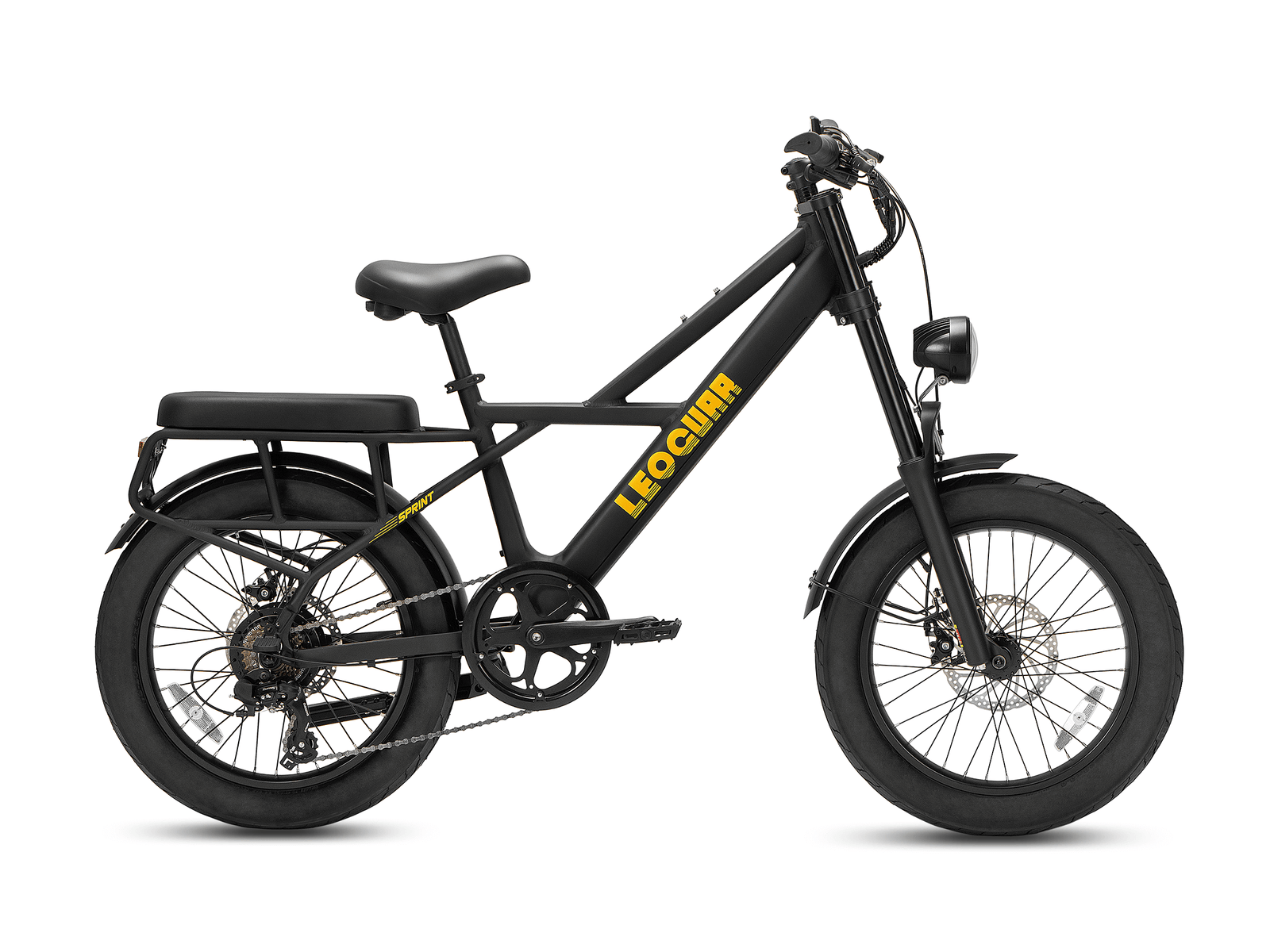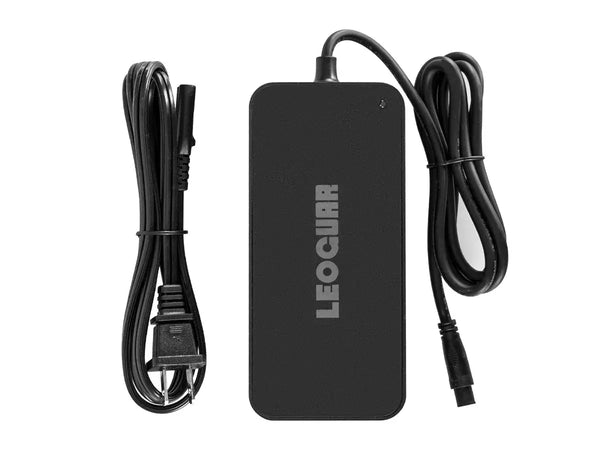
How Much Does It Cost to Charge an Electric Bicycle? Full Breakdown by Battery Size
Pennies Per Charge
Let's get straight to the point. Charging a typical electric bicycle costs between 5 and 15 cents for a full charge. This incredibly low cost is one of the most compelling advantages of e-bike ownership that you'll notice right away. When you compare it to the price of a gallon of gas or a monthly public transit pass, the savings become immediately obvious.
This tiny figure isn't random, of course. The exact cost to power up your ride depends on three key factors that we'll explore in detail throughout this guide. The first is the size of your e-bike's battery, measured in Watt-hours (Wh). The second is your local electricity rate, which varies by location and can make a big difference in your final costs. Finally, the efficiency of your specific charger electric bicycle also plays a small but measurable role in determining how much you'll actually spend.
This guide is designed to clear up these variables. We will walk you through how to calculate your precise cost, provide real-world examples based on common battery sizes, and share expert tips to help you spend even less over the lifetime of your bike.
Calculate Your Charging Cost
Learning how to calculate your own charging cost is simple. It all comes down to one basic formula that puts you in complete control of understanding your expenses and helps you see exactly how much does it cost to charge an electric bicycle.
The formula is: Battery Capacity (kWh) × Local Electricity Rate ($/kWh) = Cost to Charge ($)
To use this, you just need to find three pieces of information. We'll break it down step-by-step so you can get started right away.
Find Your Battery Capacity in Watt-hours (Wh). This number is the single most important specification for determining your cost and will be your starting point for all calculations. It's almost always printed on a sticker on the battery casing itself or listed in your e-bike's user manual. You might see it listed directly as "Wh," or you may need to do a quick calculation to find it. If you see Voltage (V) and Amp-hours (Ah), use this formula: Voltage (V) × Amp-hours (Ah) = Watt-hours (Wh). For example, a common 48V battery with a 10Ah rating has a capacity of 480Wh.
Convert Watt-hours (Wh) to Kilowatt-hours (kWh). This step is necessary because utility companies bill for electricity in kilowatt-hours (kWh), not watt-hours, so we need to match their system. The conversion is straightforward: Watt-hours / 1000 = Kilowatt-hours. Using our previous example, a 480Wh battery is equivalent to 0.48 kWh (480 / 1000). This is the number you'll use in the main cost formula.
Find Your Local Electricity Rate. This is the price you pay for one kilowatt-hour of energy and will have the biggest impact on your final costs. The easiest place to find this is on your monthly electricity bill. If you don't have a bill handy, you can find state-level averages from official sources like government websites. According to the latest U.S. Energy Information Administration (EIA) data, the national average is around $0.17 per kWh, but this can range from under $0.10 to over $0.25 depending on your state and provider.
With these three steps, you can calculate your exact cost. For our 480Wh battery example in a location with the US average rate, the cost would be: 0.48 kWh × $0.17/kWh = $0.08, or just 8 cents for a full charge.
Costs by Battery Size
To make things even easier, we've done the math for you. The table below shows the estimated cost to fully charge the most common e-bike battery sizes, using low, average, and high electricity rates so you can see the full range of possibilities. Find the row that most closely matches your battery's capacity to get an instant cost estimate.
| Battery Capacity (Wh) | Common E-Bike Type | Cost per Charge (Low Rate: $0.10/kWh) | Cost per Charge (US Avg. Rate: ~$0.17/kWh) | Cost per Charge (High Rate: $0.25/kWh) |
|---|---|---|---|---|
| 300 Wh | Lightweight / Folding E-Bikes | $0.03 | $0.05 | $0.08 |
| 400 Wh | Standard Commuter E-Bikes | $0.04 | $0.07 | $0.10 |
| 500 Wh | Popular All-Rounder E-Bikes | $0.05 | $0.09 | $0.13 |
| 625 Wh | Long-Range / E-MTB | $0.06 | $0.11 | $0.16 |
| 750 Wh | Performance / Cargo E-Bikes | $0.08 | $0.13 | $0.19 |
| 1000 Wh | Heavy-Duty / High-Power E-Bikes | $0.10 | $0.17 | $0.25 |
As you can see, even for a massive 1000Wh battery in an area with high electricity costs, a full charge is still only a quarter. This table powerfully shows just how economical e-bike transportation is, regardless of the model you own or where you live.
Factors Beyond Battery Size
While battery capacity and electricity rates are the primary drivers of cost, a few other factors can influence your real-world spending. Understanding these details will give you a complete picture of your e-bike's energy consumption and help you make smarter decisions.
Your Local Electricity Rate
We can't stress this enough: your local electricity price is the biggest variable. A rider in a state with low energy costs like Idaho might pay half as much per charge as a rider in California or Hawaii, which can add up to significant savings over time. Furthermore, many utility providers offer "time-of-use" plans, where electricity is cheaper during off-peak hours (typically late at night) and more expensive during peak hours (late afternoon and early evening). Charging your e-bike overnight on one of these plans can significantly reduce your already low costs.
Charger Efficiency
No energy transfer is perfect. When you plug in your charger electric bicycle, a small amount of energy is lost as heat during the conversion from AC power (from your wall outlet) to DC power (for your battery), which means you'll use slightly more electricity than your battery actually stores. Most modern chargers are highly efficient, typically operating between 85% and 95% efficiency. This means that to get 500Wh of energy into your battery, the charger might draw around 550Wh from the wall. This adds a fraction of a cent to your cost per charge—often negligible, but it's a factor that contributes to the total energy draw.
Battery Health and Age
A brand-new battery performs at its peak. However, all lithium-ion batteries degrade over time and with use, which affects both performance and costs. As a battery ages, its total capacity diminishes. After a few years, a battery originally rated for 500Wh might only be able to hold 400Wh. While it will cost less to "fill" this smaller capacity, you'll also get less range from it. This effectively increases your cost per mile. Following proper battery care practices from day one is the best way to maximize its lifespan and keep your cost per mile as low as possible for as long as possible.
Your Lifetime Charging Cost
Thinking about cost on a per-charge basis is useful, but zooming out to see the annual and lifetime costs truly highlights the incredible value of e-bike ownership. It reframes the expense from pennies per day to a more meaningful long-term figure that shows the real financial benefits.
Calculating Your Annual Cost
To estimate what you'll spend in a year, you can use another simple formula: Cost per Charge × Rides per Week × 52 Weeks = Annual Cost.
Let's imagine a commuter with a 500Wh e-bike who rides to work five days a week. At the US average electricity rate, their cost per charge is about $0.09. $0.09 per charge × 5 rides per week × 52 weeks = $23.40 per year.
That's right—a full year of daily commuting could cost you less than a single large pizza. Compare that to the cost of gasoline or a monthly transit pass, which can easily run into the hundreds or even thousands of dollars annually.
A Look at Lifetime Energy Costs
This perspective gets even more powerful when we consider the entire lifespan of the battery. A typical lithium-ion e-bike battery is rated to last for 500 to 1,000 full charge cycles before its capacity degrades significantly (usually to around 80% of its original capacity), which represents years of regular use. Let's use a conservative average of 800 cycles. For our 500Wh battery, the total lifetime energy cost would be: $0.09 per charge × 800 cycles = $72.00.
Think about that. For about the cost of one single tank of gas, which, according to AAA, can easily exceed $60, you can power your electric bicycle for its entire battery lifespan—covering thousands of miles over several years. This is the true financial power of switching to electric-assist cycling.

Saving Money on Charging
While the cost is already incredibly low, there are still smart habits you can adopt to optimize your spending and prolong the life of your battery. These best practices will ensure you get the most value out of your investment and keep your costs as low as possible.
Charge During Off-Peak Hours
If your electricity provider has a time-of-use rate plan, this is the easiest way to save money. By simply plugging in your charger electric bicycle late at night instead of right after you get home from work, you could cut your charging costs by 30-50% without any other changes. Check with your local utility to see if they offer these plans.
Avoid Full Drains and Full Charges
Lithium-ion batteries are happiest when they are kept between 20% and 80% of their total capacity. Constantly draining the battery to 0% or leaving it on the charger for extended periods after it reaches 100% can put extra stress on the battery cells, accelerating degradation and reducing its lifespan. For daily use, try to unplug it once it reaches 80-90%. It's good practice to do a full 100% "balancing" charge every month or so, but it isn't necessary for every ride.
Use the Right Charger
Always use the original charger that came with your e-bike or a high-quality, certified replacement from a reputable brand. A cheap, uncertified charger electric bicycle can be inefficient, charge improperly, and even pose a serious safety risk to you and your property. A quality charger is designed to work in harmony with your battery's management system (BMS), ensuring a safe, efficient, and healthy charge every time.
Store Your Battery Properly
If you plan on storing your e-bike for an extended period (more than a few weeks), it's best to store the battery with a partial charge, ideally between 40% and 60%. Store it in a cool, dry place away from direct sunlight and extreme temperatures that could damage the cells. Storing a fully charged or fully depleted battery for months can permanently reduce its capacity.
The Low Cost of Freedom
When all is said and done, the cost to charge an electric bicycle is almost negligible. We've seen that a typical charge costs just pennies, an entire year of commuting can cost less than $25, and the total energy cost over a battery's lifespan is often less than a single tank of gas.
This remarkable efficiency is a core part of the e-bike value proposition. It represents not just financial savings, but freedom from the rising costs of traditional transportation. It's the freedom from gas stations, the freedom from crowded public transport, and the freedom to explore your city in a fun, healthy, and incredibly economical way.
So the next time you plug in your charger electric bicycle, you can feel confident knowing you're using one of the most cost-effective and intelligent modes of transportation available today. The question of how much does it cost to charge an electric bicycle has a clear answer: almost nothing, especially compared to the alternatives.
FAQ
1. Q: How long does it take to fully charge an e-bike battery?
A: Most e-bike batteries take between 3-6 hours to fully charge from empty. Smaller batteries (300-400Wh) typically charge in 3-4 hours, while larger batteries (750-1000Wh) may take 5-6 hours. Fast chargers can reduce this time, but they may generate more heat and potentially reduce battery lifespan.
2. Q: Can I charge my e-bike battery every day?
A: Yes, you can charge your e-bike battery daily without harming it. Modern lithium-ion batteries are designed for frequent charging. However, for optimal battery health, try to keep the charge level between 20-80% for daily use and only do full 100% charges occasionally.
3. Q: Is it safe to leave my e-bike battery charging overnight?
A: Most modern e-bike chargers have built-in safety features that stop charging when the battery is full, making overnight charging generally safe. However, it's best practice to unplug the charger once the battery reaches 100% to prevent overcharging and extend battery life.
4. Q: How much does it cost to replace an e-bike battery?
A: E-bike battery replacement costs typically range from $300-$800, depending on the capacity and brand. Higher capacity batteries (750Wh+) and premium brands cost more. Given that batteries last 3-5 years with proper care, this works out to about $60-$200 per year in battery replacement costs.
5. Q: Does cold weather affect charging costs?
A: Cold weather doesn't significantly affect the electricity cost to charge your battery, but it can reduce charging efficiency and battery capacity. In very cold conditions, batteries may take longer to charge and hold less energy, which could slightly increase your cost per mile but not your cost per charge.











































Leave a comment